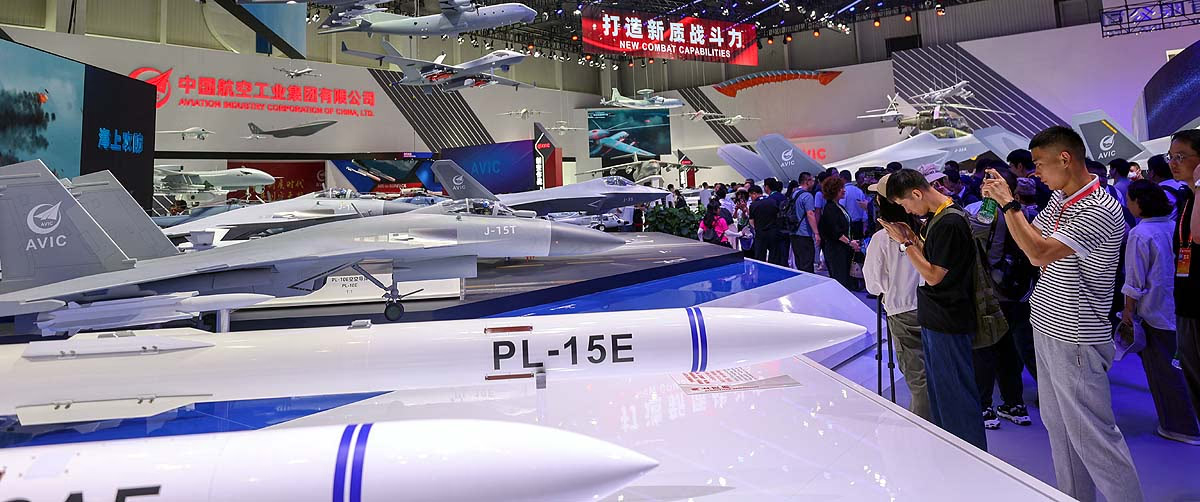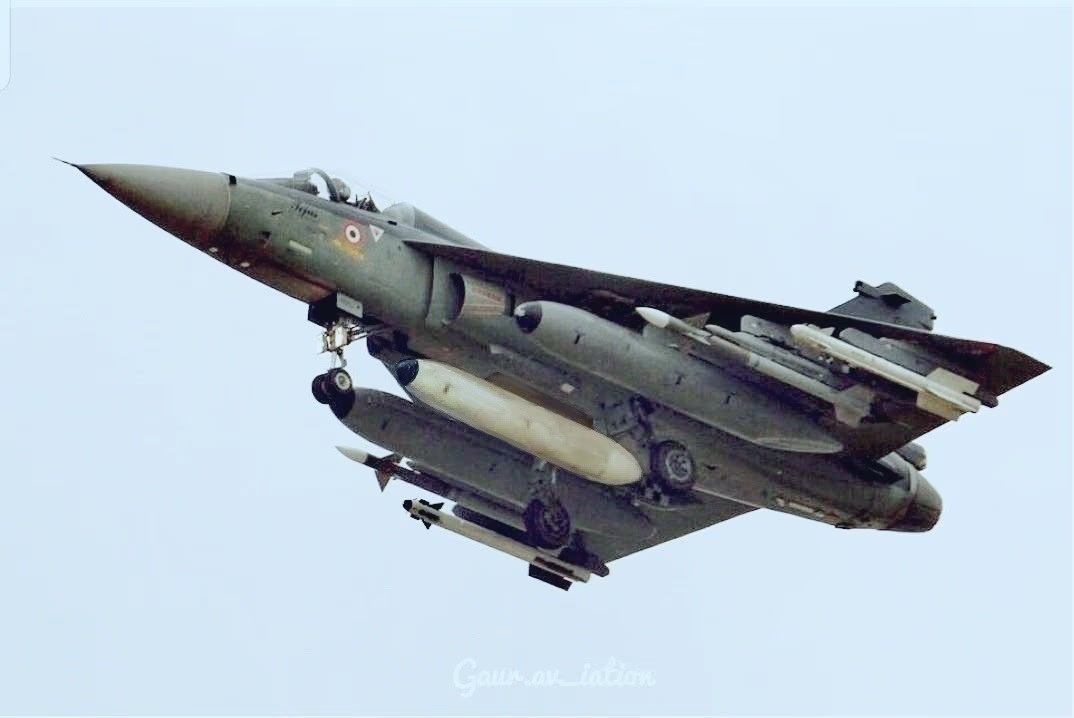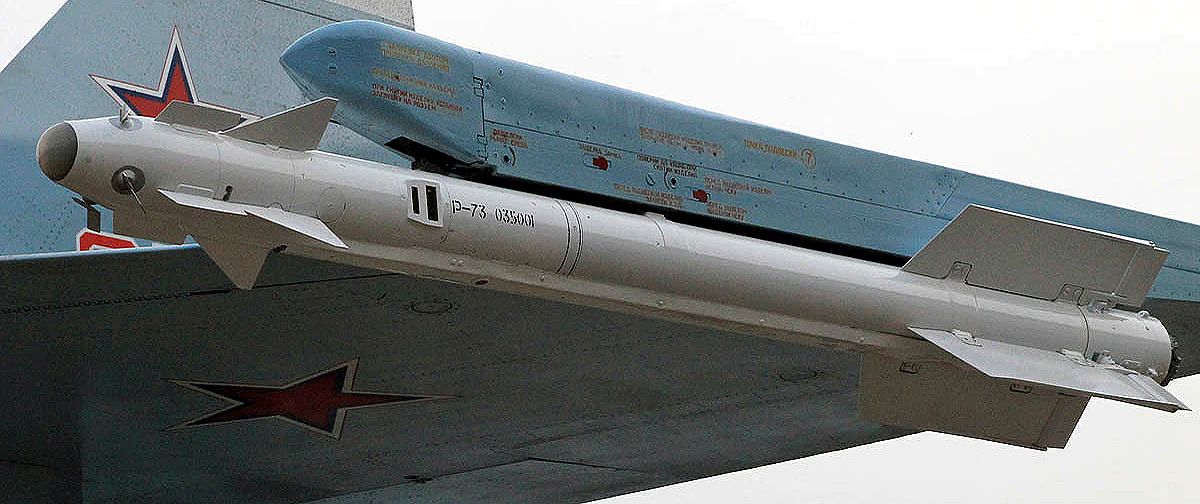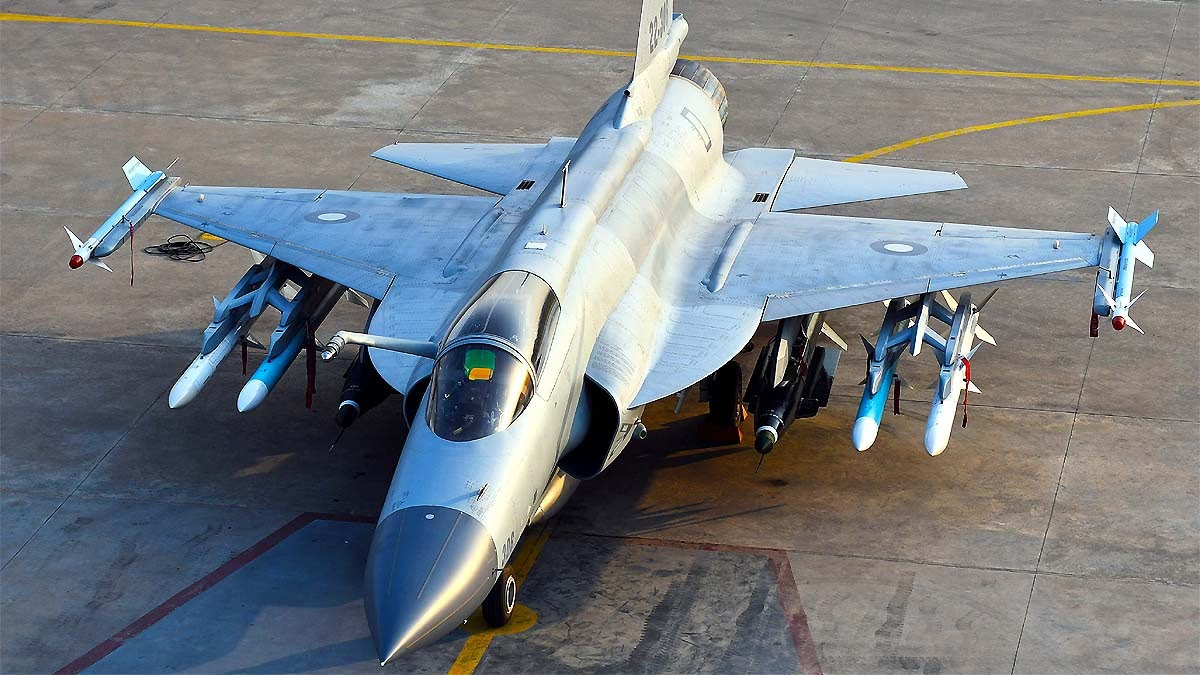Amidst escalating tensions between India and Pakistan, it has been reported that the Pakistan Air Force has received express delivery from China of advanced PL-15 long-range air-to-air missiles. Pakistan has released images of its latest JF-17 Block III fighter jets equipped with PL-15 missiles.
According to Clasherreport, the PL-15 missiles observed on PAF planes were taken from the internal reserves of China's People's Liberation Army Air Force (PLAAF) rather than export stock. If true, this highlights a significant arms transfer between Beijing and Islamabad, especially when tensions between India and Pakistan could ignite into full-scale warfare.

Source: aajtak
The PL-15, displayed last year at Zhuhai Airshow by China, is an active radar-guided, long-range air-to-air missile utilizing AESA radar. With a range of 200-300 km and speeds reaching up to 5960 km/hr, its performance is remarkable.
Targeting India is no simple feat, and Pakistan might face challenges.
Weak Radars on JF-17 Jets
Though the KLJ-7A AESA radar on Block III jets is advanced, it is smaller and less powerful compared to radars on bigger jets like China's J-10CE or India’s Rafale equipped with RBE2 AESA. For the PL-15E’s 145 km range, substantial radar range and tracking accuracy are required. Unfortunately, JF-17’s small nose limits radar aperture, decreasing its effective range to 100-120 km, underutilizing the missile's capability.
Logistical challenges and limited fleet size might impact the PAF’s operational efficacy too.
The PAF faces logistic issues as the PL-15E inventory might be limited. Reports from 2024 suggested that China was initially reluctant to permit PL-15E integration with the JF-17, hinting at possible supply or integration support restrictions. Limited inventory leaves PAF with only around 65-70 aircraft capable of carrying the PL-15E, inadequate against India’s extensive air fleet and superior S-400 air defense system which intercepts threats long before they reach PL-15E’s 145 km range.
India’s Arsenal: A Robust Response
The PL-15 possibly entered PLAAF service in 2018, often seen as China's response to the AIM-120D AMRAAM, which has a range of about 160 km. India's Rafale jets, the most advanced in its arsenal, are equipped with Meteor and MICA long-range air-to-air missiles.

Source: aajtak
Astra Missile: India’s Defense Surge
The Defence Research and Development Organisation (DRDO) is developing Astra Mk-III, known as Gandiv. The Astra missile potentially carries high-explosive or pre-fragmented HMX munitions, capable of transporting a 15 kg warhead over a distance of 160 km at a maximum altitude of 66,000 feet, traveling at speeds of 5556.6 km/hr.
Meteor and MICA Missiles: Speed and Precision

Source: aajtak
Meteor missile stands out as an active radar-guided, beyond-visual-range missile. Weighing 190 kg with a length of 12 feet, it houses high-explosive blast fragmentation warhead. Capable of acting from a maximum range of 200 km, the pilot can target from such an extended distance. A threat within 60 km is deemed inescapable due to the missile’s formidable speed, reaching up to 4770 km/hr.
MICA missile, at 112 kg and 10 feet long with a 12 kg warhead, excels as an air-to-air missile. Its range varies between 60 to 80 km, with vertical launch capabilities reaching heights of 20 km. Surpassing 4939.2 km/hr speed, it effectively engages threats from platforms like the Rafale, Mirage, or ground installations with direct impact results.

Source: aajtak
R-73 Missile: Stealthy Confrontations
Produced by Russia's Tactical Missile Corporation, its latest version features a 30 km range, extendable to 40 km with RVV-MD technology. Designed for air combat, it efficiently strikes aerial targets in any direction, day or night.

Source: aajtak
Capable of launching from fighter jets, bombers, or attack helicopters, it boasts a combined gas aerodynamic control system allowing up to 60-degree maneuverability from the line-of-sight in attacks, making sudden acute angle changes feasible.
With speeds reaching 2500 km/hr, it can target from altitudes between 2 meters and 20 km, with a maximum service ceiling of 30 km.
Russian R-37M: Should India Consider the New Air-to-Air Missile?
The PL-15’s extended range poses a challenge for the IAF, yet Russia’s latest R-37M missile presents a viable counter. With a declared range of 300-400 km and ability to reach hypersonic speeds of 7160 km/hr, these missiles played a significant role in Russia's extensive utilization during the Ukraine conflict.




